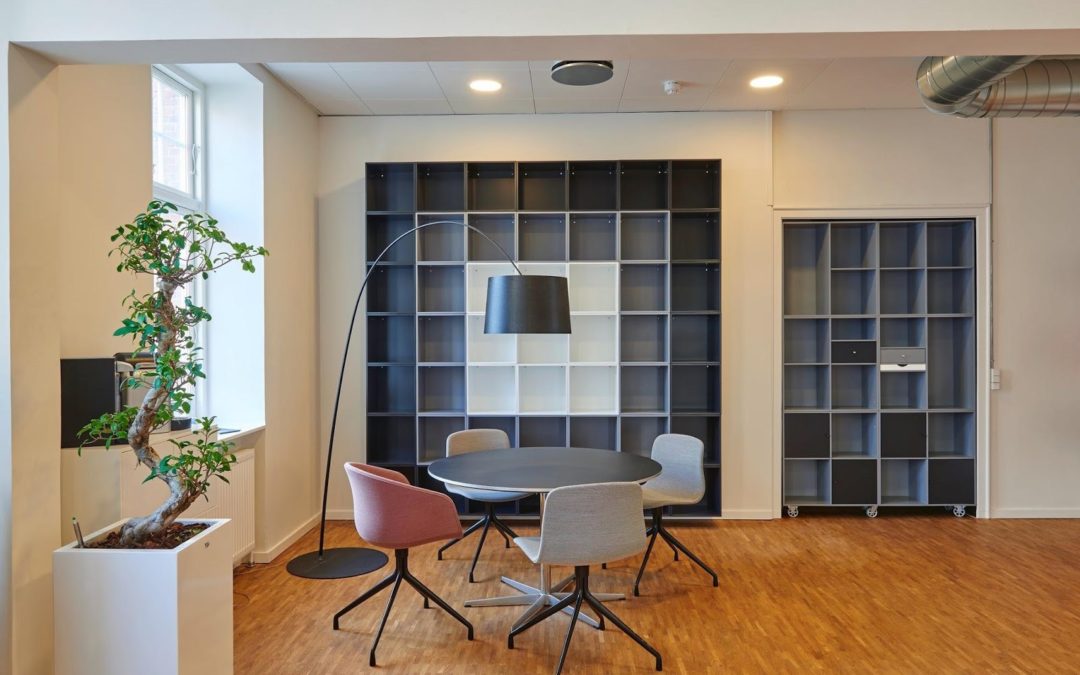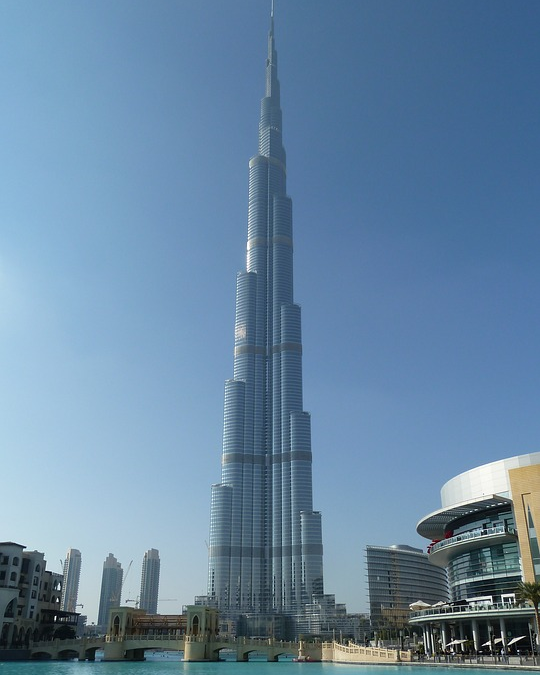
Make Your Office More Inviting
Your interior design and office architecture can have a big impact on the success of your business, so it’s worth taking the time to get it right. When you create an inspiring working environment, your employees will naturally feel more motivated, leading to increased productivity and efficiency. In addition to this, an inviting office welcomes new and potential clients into your business and is responsible for giving them a great first impression.
With so much riding on the appearance of your office, try these tips to ensure you’re making the most of your workspace…
1. Switch up the flooring
Replacing office flooring doesn’t have to be expensive, but it can be a decisive factor in your interior design. Carpet floor tiles are a budget-friendly way to enhance office flooring, and they offer increased flexibility with minimal maintenance requirements. Using complementing colors for different areas can also help to make smaller offices look more spacious and differentiate between departments.
2. Add new furniture
Office furniture needs to be safe and functional, but it can be visually-appealing to. Civic Australia furniture can work well in any work environment, whilst statement pieces and breakout furniture is ideal for welcoming reception areas. New office furniture also gives you the opportunity to improve your facilities. Office desks with integrated tech are fast-becoming the norm and a range of standing, sitting and floating desks will ensure your employees can work safely and efficiently.
3. Use bold colors
Many workplaces stick to drab greys and whites, so why not brighten up your office with a splash of color? Using your existing branding, you can extend your corporate colors to your interior and exterior space. A feature wall, statement furniture, and vibrant meeting areas showcase your business as fresh and exciting, which is exactly the impression you want to give to your clients.
4. Hang custom art on the walls
Artwork can be motivating, reassuring and thought-provoking, so it’s a great option for enhancing your workplace. Commissioning custom artwork enables you to access bespoke pieces, which are designed with your firm in mind, so you can ensure your corporate personality shines through. Another benefit of using custom artwork to enhance your office space is the option to switch pieces around from time-to-time. This helps to bring a new feel to the office on a regular basis and ensures that employees and clients frequently have new décor to inspire them.
5. Increase storage space
The vast majority of offices are lacking storage space, and this can have a detrimental impact on the appearance of your workspace. As well as making the office look cluttered and untidy, employees are typically less productive when they’re working in a disorganized office. Adding storage space will enable your staff to access materials, tools, and equipment when they need them and will also ensure that your office remains clutter-free. In addition to increasing productivity and efficiency, a neat and orderly office guarantees guests, visitors and clients will feel welcome from the moment they walk through the door.
Time to make things happen!




Recent Comments